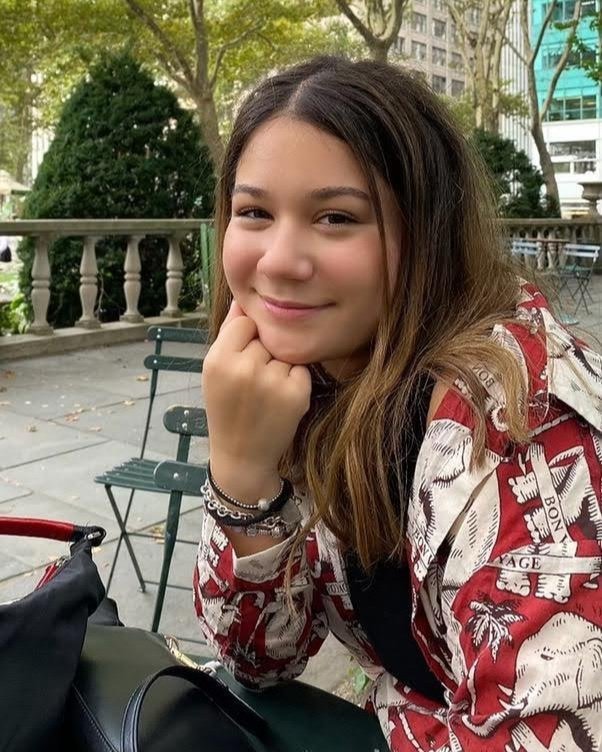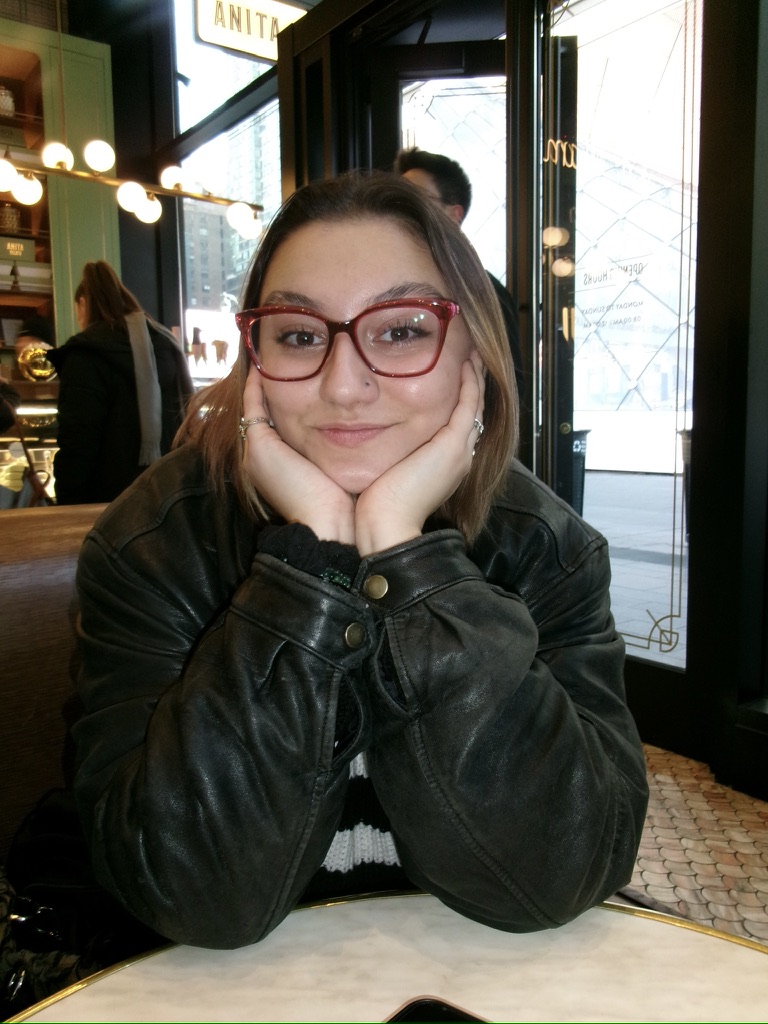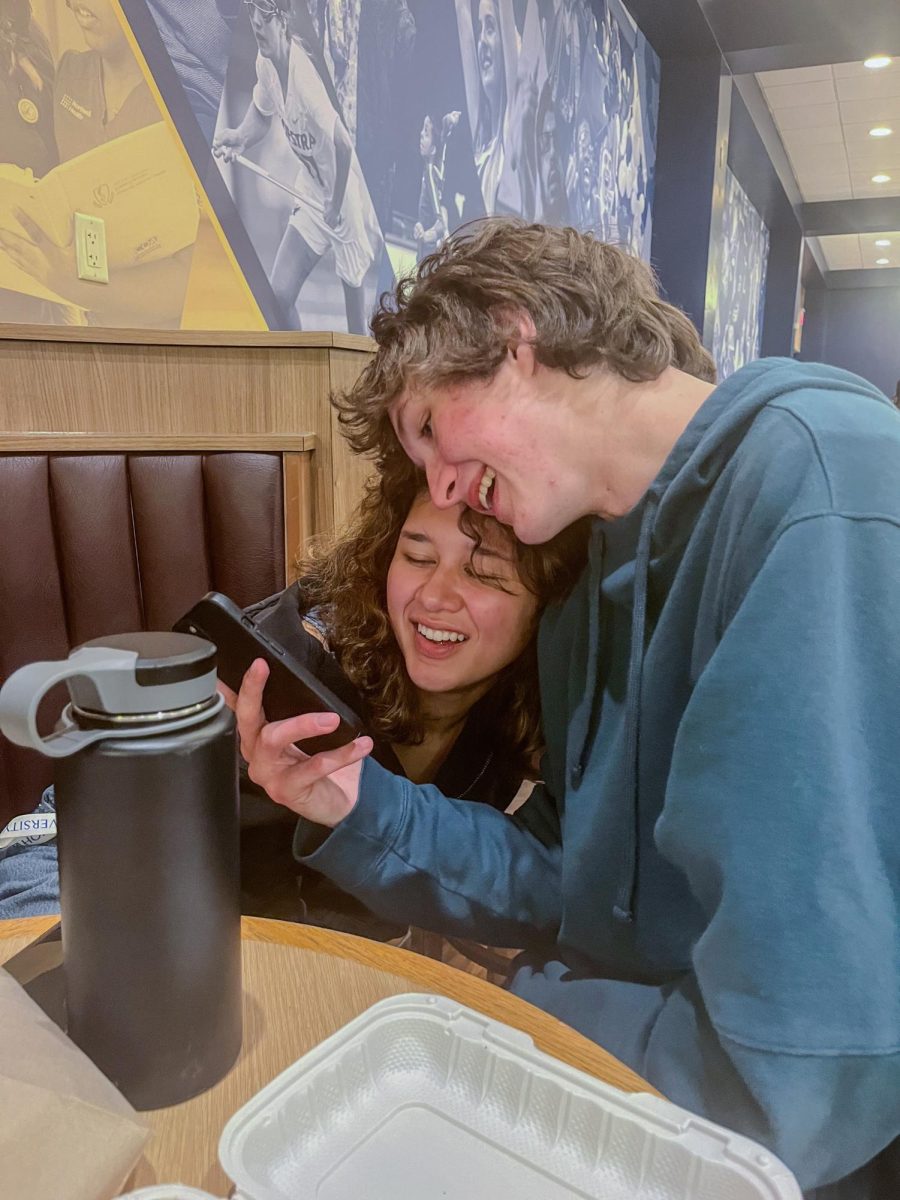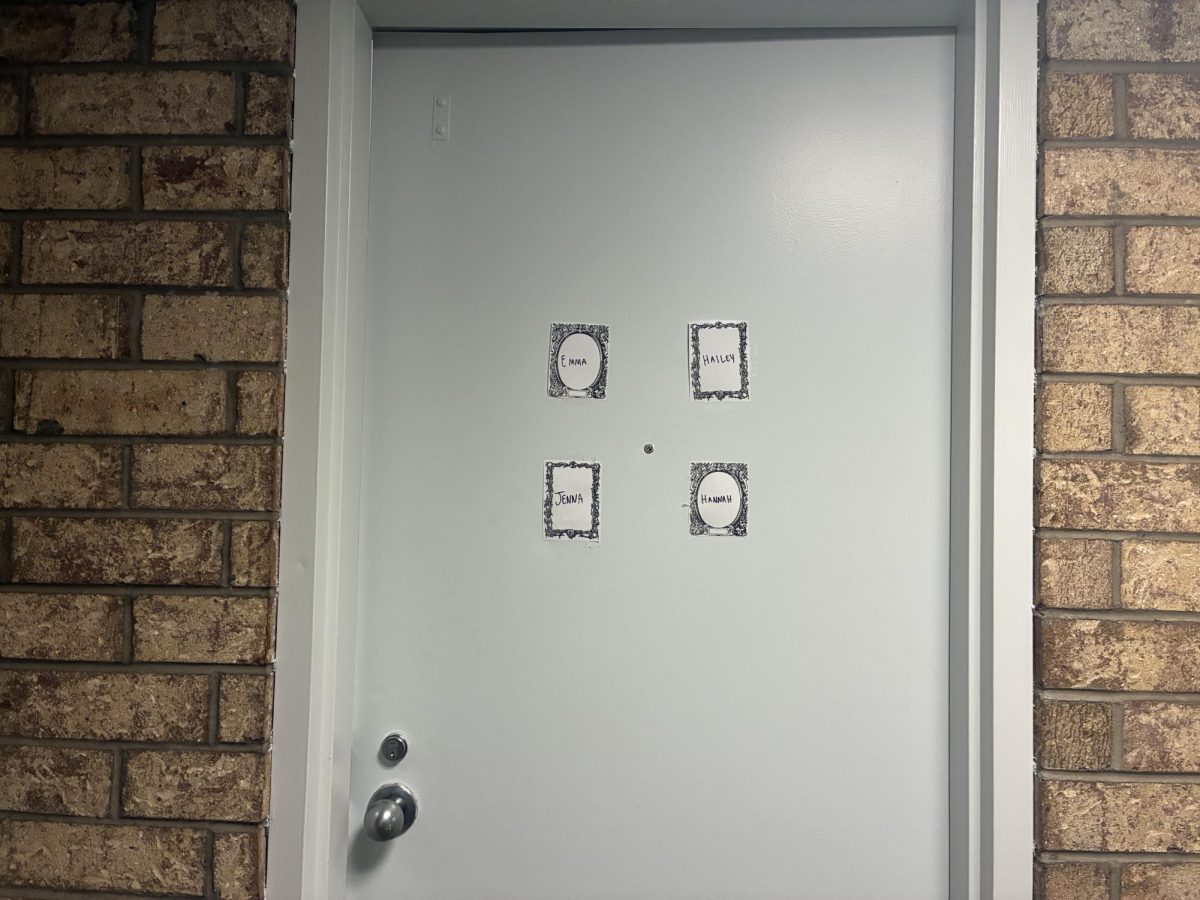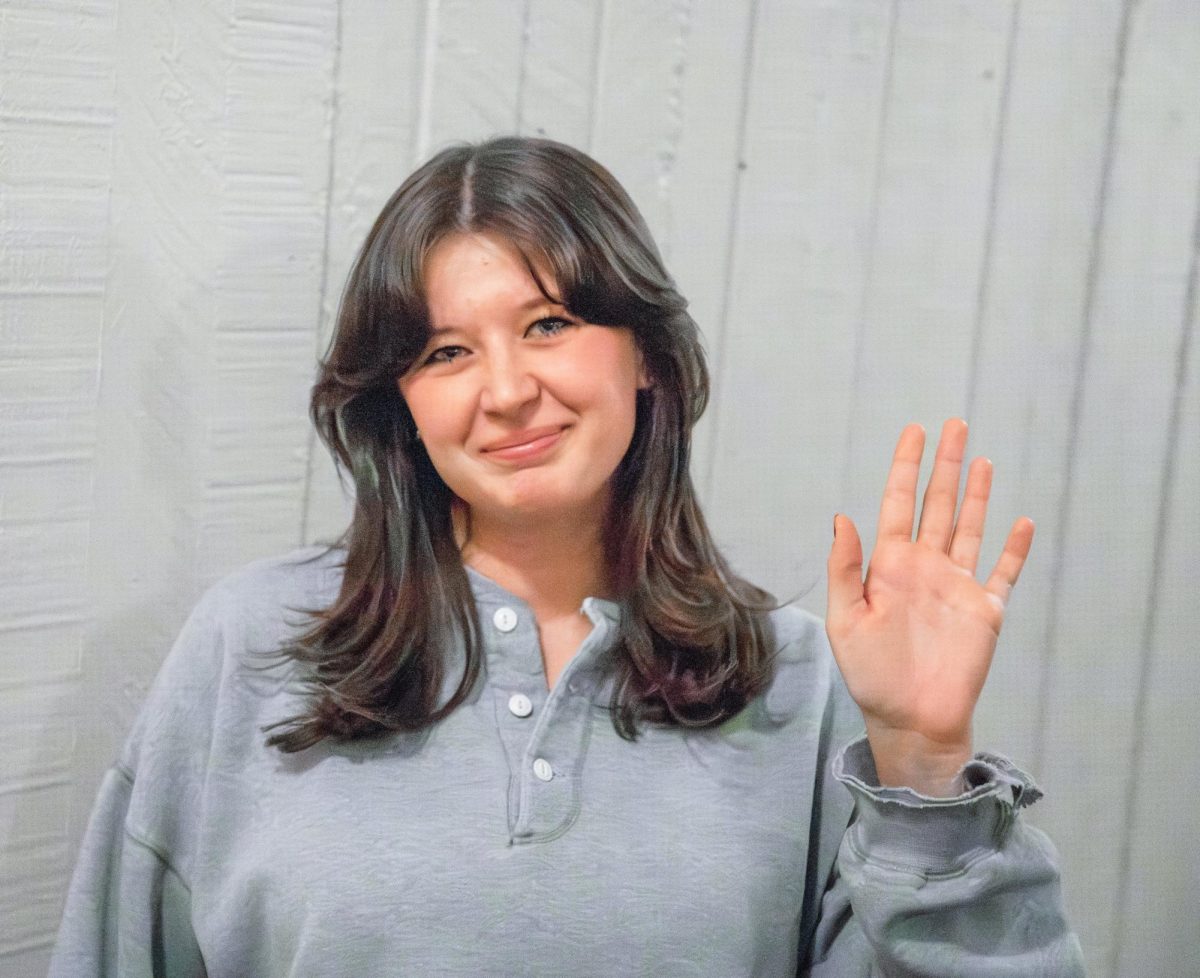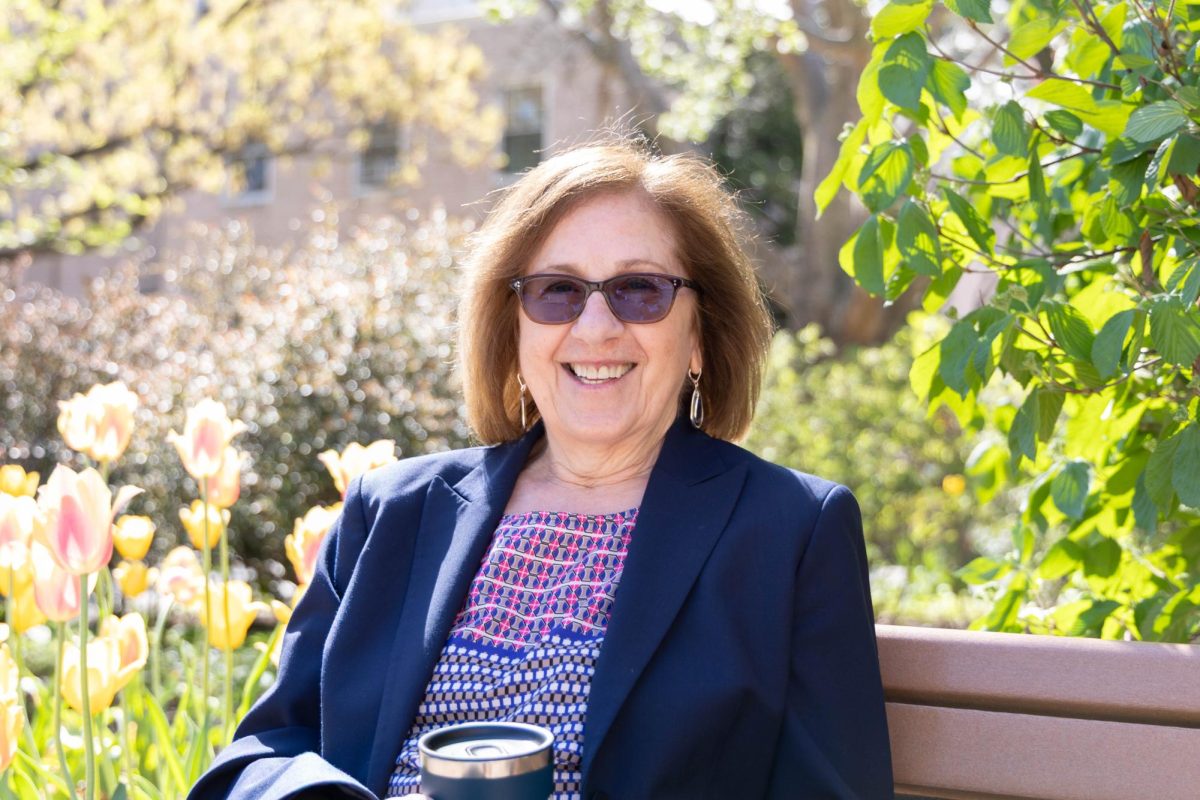Photo Courtesy of Nur Tasdemir Kalayci
For the average college student, the bus ride to elementary school was anything but memorable. For Nur Tasdemir Kalayci, a junior health sciences major from Istanbul, Turkey, a stand-out experience in her college career was riding a yellow school bus to the Long Island Zoo.
“I was excited to go on the yellow school bus because I feel like those are such classics,” Kalayci said. “We see them in movies all the time and our school bus, it doesn’t look like that.”
The bus ride is one of many differences that the United States and Turkey have in their cultural and educational systems – a fact that Kalayci discovered during her time at Hofstra.
Even before coming onto campus, Kalayci found selecting a major difficult, largely because Turkey approaches pre-med differently from American schools.
“We just apply to med school right after high school,” Kalayci said. “When they were asking me to choose a major, I was really confused. I was like, isn’t pre-med my major?”
Kalayci began her time at Hofstra as a biology major before switching to health sciences – a more difficult move to make in Turkey.
“In American school, you can do whatever you want. You can change your major at any time given … Back home, once you choose your major, I don’t think you can change it. It’s easier here, more free,” she said.
That freedom has given her the chance to explore various majors within the medical science fields, while simultaneously learning about the two countries and their healthcare systems. Ambulance rides and public versus private hospitals are just a few issues she’s explored in her classes.
Kalayci said she will have to get used to these differences before starting her professional career in the medical field. “I have to learn all about it before working … When in class they talk about [Medicare and Medicaid], I’m like, let me look it up,” she said.
However, there is also an advantage to sharing another country’s perspective, Kalayci said. “In most of my classes you talk about world issues and stuff and being from somewhere else has really helped me. In my essays, I find so much stuff to write about.”
For Kalayci, comparisons between the U.S. and Turkey don’t end at the healthcare systems. Notably, when Kalayci talks to her friends back in Turkey, they enjoy highlighting distinctive traits of American student clothing choices compared to Turkish students. “No one goes to school with sweatpants or something in Turkey. And whenever we see someone being chill and comfortable, we’re like, ‘[That’s] so American.’”
Although she and her friends from Turkey laugh at that, the “American” quality is something she has appreciated since she was a child and traveled to the U.S. “When I was a kid, all the shows I watched were American. All the movies, all the snacks I wanted to try, all the stores … We didn’t have most of the stores or chain restaurants and stuff,” she said.
At Hofstra, activities like her field trip with her freshman biology class provided her with a much-anticipated ride on a yellow school bus, while Fall Fest’s concerts featuring Flo Rida and T-Pain gave her a closer look at the American music and entertainment spheres.
Her love for the U.S. was enforced when the COVID-19 pandemic forced her to return to Turkey. “I did two semesters online back home,” Kalayci said. “I didn’t like it that much because I was finally out of Turkey, but now I had to go back and do [school] online.”
During that time, her classes were held from roughly 5 p.m. until 2 a.m. the next morning. This did not phase Kalayci, who was used to that schedule, but “I really wanted to come back. So I’m really happy.”
Rather than return to Turkey after college, Kalayci plans to stay in the U.S. and attend PA school or obtain a master’s degree in chemistry.

